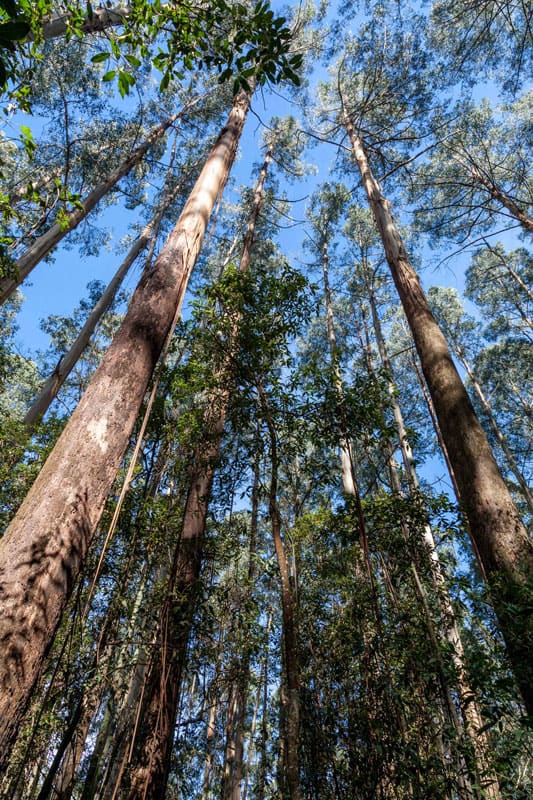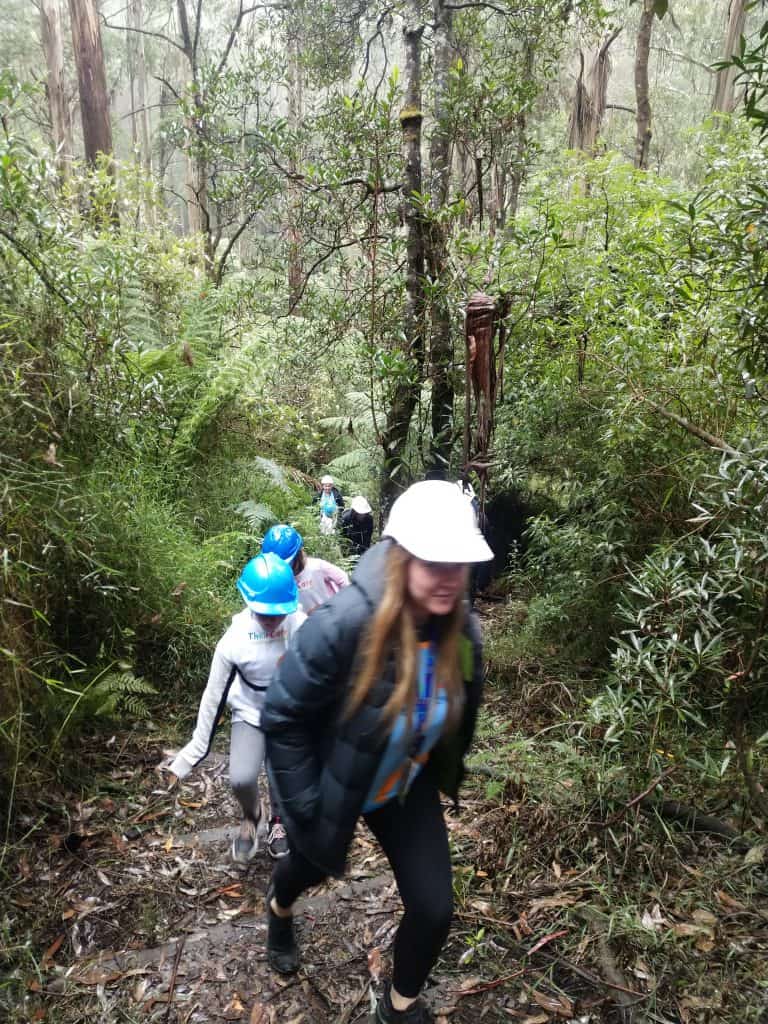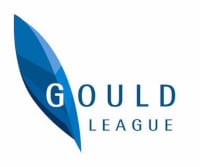Tale of Two Forests
-
Forests
-
Rainforest
-
Human Impacts
-
State Forests
-
National Parks
-
Mountain Ash



Excursion Program Overview
More than one third of the State of Victoria is public land. State forests, managed by the Department of Energy, Environment and Climate Action (DEECA) make up 3.4 million hectares of the State.
Located 1.5 hours’ drive from the centre of Melbourne is Toolangi State Forest, in the Central Highlands Forest. Central Highlands Forests are important for a range of uses and values. They contain many types of ecosystems, from drier lowland forest, cool temperate rainforest and mountainous Snow Gum woodlands.
The program gives students the opportunity to explore:
- The difference between State Forests and National Parks
- The way different user groups view the forest
- The living and non-living features of the Mountain Ash and a Cool Temperate Rainforest and what similarities and differences can be observed
- The timber harvesting process
- Impacts human use has on our forests
Inclusions and Notes
Equipment supplied by Gould League: Safety helmets worn by all participants; workbook and all tools required for fieldwork data collection.
Equipment needed: A chartered bus (which is required to remain with the group at all times). First aid kit, sun screen, insect repellent and PPE including hand sanitiser to kill viruses, bacteria and other micro organisations.
Please note that our Gould League educators will travel on your bus for the duration of your program time. We ask schools to ensure when booking coaches that 1 one seat is allocated for each group booked as they will provide commentary on the bus to students and guide the bus drivers. Please advise the Bookings Manager if there is no room on the coach for our educators, and travel fee of $0.88 per km will be added to your final invoice. This amount will vary according to the activities undertaken on the day which can vary due to local weather conditions. Maximum travel fee is $40. This covers the cost of one vehicle only as Gould League Educators will carpool.
Student needs to bring: Their own water and lunch, sunscreen, a clipboard, pencil, and a copy of the Gould League workbook (usually sent 14 days prior to excursion so copies can be made for students) to guide the forest investigation; bag to take away your rubbish.
Restrictions: This Gould League program is delivered in the Toolangi State Forest, in the North Central Fire District and does not operate on days with a Fire danger rating of Extreme and Catastrophic. On rare occasions, programs may be postponed due to extreme weather predictions involving wind/storms. In both cases, these programs will be rescheduled at the earliest convenience of both parties. Programs however DO operate during wet/snowy weather. Plan for wet weather from April-October, and expect temperatures at least 5 degrees colder than suburban Melbourne.
Curriculum Links
GEOGRAPHY: Geographical Concepts and Skills/Data and Information
– Collect and record relevant geographical data and information from useful primary and secondary sources, using ethical protocols (VCGGC102)
Geographical Knowledge: Landforms and Landscapes
– Different types of landscapes and their distinctive landform features (VCGGK116) Elaborations: identifying different types of landscapes, such as coastal, riverine, arid, mountain and karst, and describing examples from around the world, including Antarctica.
– Spiritual, cultural and aesthetic value of landscapes and landforms for people, including Aboriginal and Torres Strait Islander peoples, that influence the significance of places, and ways of protecting significant landscapes (VCGGK120). Elaboration: identifying different views about the recreational, psychological, aesthetic and spiritual value of particular environments and about the nature and extent of their protection, and discussing how this links to ideas about environmental sustainability
– Human causes of landscape degradation, the effects on landscape quality and the implications for places (VCGGK119). Elaborations:
analysing the effects of erosion and sedimentation produced by human activities on landscape quality, including farming and recreation; examining the effects of mining and quarrying, and urban development, on landscape quality and how this affects places; describing the effects of river regulation, including dams, locks, channel straightening and drains, on riverine and wetland landscape quality; investigating the ways introduced plants or animals or activities such as mining affect landscape quality and examining the effects on Aboriginal and Torres Strait Islander communities.
The Victorian Curriculum F-10 content elements are © VCAA, reproduced by permission. Victorian Curriculum F-10 elements accurate at time of publication. The VCAA does not endorse or make any warranties regarding this resource. The Victorian Curriculum F-10 and related content can be accessed directly at the VCAA website.
